The Center for Excellence in Aging Health (CEAH) promotes research and scholarship organized around these themes, singly and in combination. Knowledge creation, innovation, and dissemination are of equal importance. Priority projects (1) engage human subjects and (2) target real challenges and opportunities for healthful aging in Maine, New England, and beyond.
CEAH is one of a dozen university-based aging centers in New England. This may seem like a lot, but the complexities and challenges of human aging are vast. There’s ample room for all. As much as the pillars say what CEAH is about, they also indicate the opposite — what the CEAH is less about. CEAH emphasizes research and scholarship which engages human subjects.
What sets CEAH apart?
The seven pillars represent an answer and map for future efforts. Each offers a domain with broad relevance to healthful aging. Faculty from just about any discipline can create a project for research or scholarship in this framework. The pillars also challenge investigators to think beyond disciplinary perspectives and envision their interests in other relevant contexts. This could manifest in cross-disciplinary collaboration. The pillars also indicate CEAH emphasizes human subject research and scholarship — basic and animal studies will not fit without a tangible human component.
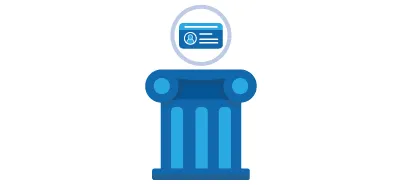
Identity
How does one's self-worth and efficacy promote healthful aging?
Identity is a reflection of one’s personal self-narrative and outward characteristics. Persons identify in various ways — sex, family, group, race, sexual orientation, gender expression, politics, etc. Aging can challenge certain identities and so influence well-being.
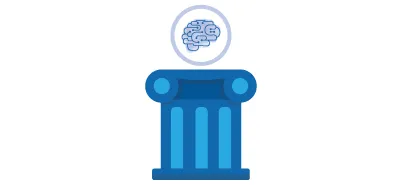
Functions
How can a systems perspective enhance care for healthful aging?
The human body is a functional system. Our brains, faces, eyes, ears, hearts, hands, arms, legs, etc., imbue us with the capacities to grow, learn, work, socialize, create, love... Genetics and biology are the glue and the fuel. Disruptions from disease, trauma or accident can have drastic impacts on functional health.
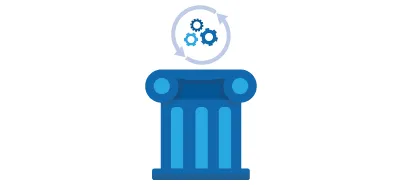
Transitions
How do choices and behaviors during life transitions support healthful aging?
The life course is replete with transitions, both commonplace and personal. Most involve a mix of gains and losses. Some are welcome and planned, whereas others happen without expectation or desire. Death may be the ultimate transition.
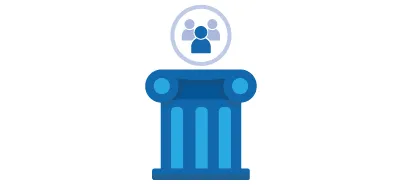
Generations
How do intergenerational exchanges support health and wellness in aging?
To some extent, all persons are defined by the time, place, and socio-historical contexts of birth. Generational perspectives and expectations influence individual and group trajectories. Family roles are defined in such terms: grandparent, parent, child, etc.
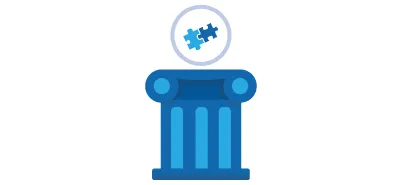
Practices
How is aging enhanced through interprofessional, collaborative practices of care?
Healthful aging is as much a reflection of personal preferences, characteristics, and behaviors as it is the shared knowledge across populations. The determinants of health are both individual and collective. Policies, institutions, and professions address both sides.
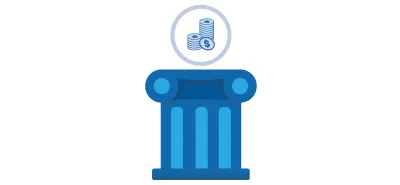
Economics
How do innovations in economic thinking influence healthful aging
Mediums of exchange facilitate human interactions and shared endeavors across all levels of culture, community, and governance. People work, save, and invest to pay for the needs and wants of daily life. Individual and collective priorities for health and wellness are valued in different ways.
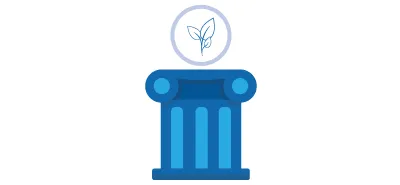
Environments
How can person-environment interactions offer new healthful aging avenues?
Human aging is shaped by environments in which we live and die — home, family, cultural, medical, political, religious, social, occupational, geographical, recreational, educational — some may enhance aging, whereas others may be indifferent or negative in impact.
